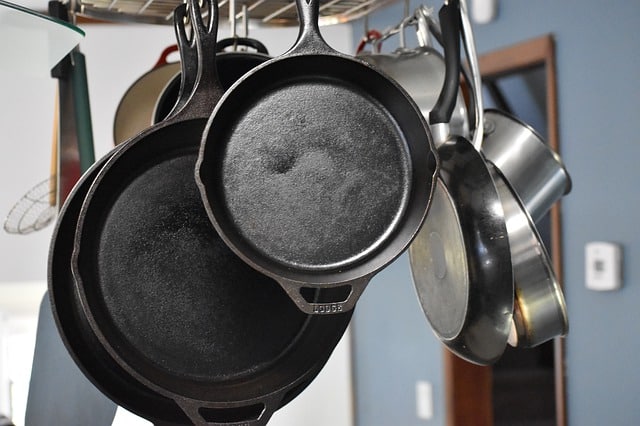As an Amazon Associate we earn from qualifying purchases.
Can You Use Cast Iron on Induction Stove?
Can you use cast iron on induction stove or induction cooktop? This is a question that many people are asking.
The answer to this question is yes, but there are some safety precautions that need to be taken first.

To safely use your cast iron pan with an induction stove, it needs to have a magnetic base or at least one layer of metal beneath the cooking surface.
Read more for more information about how to make sure your cookware is safe and ready for use!
What is a cast iron cookware?
A cast iron cookware is a style of cooking utensils that has been in use for centuries. It is made from molten metal poured into molds, and it can be used on top of the stove or inside an oven. The handles are often attached with rivets, and they usually have two or three legs that help enhance its stability upon a flat surface.
Moreover, the durability and versatility of this cookware set makes it a favorite among many chefs. Although there are more modern styles of cookware available today, such as nonstick pans and copper pots and pans , many telltale signs indicate that using cast iron is still superior to most contemporary types of kitchen appliances.
The most common forms are pots and pans, but you can also find other types of cookware including skillets, baking dishes, griddles, dutch ovens and poultry fryers among others.
The main benefit of this type of cookware is that it can be used on any cooking top or over an open fire because they are compatible with all cooking techniques.
How does an induction cooking work?
An induction stove or induction cooktop works by generating a current that’s passed through the base of a pot or pan, then through the cookware itself. The magnetic fields generated by the stove cause microscopic eddy currents to flow within this cookware and generate heat as a result.
These currents flow because materials such as water and certain types of food tend to be good conductors of electricity, so they allow an electrical current to pass through them easily.
Since only pots and pans made from ferrous metals (iron-containing alloys) will produce these currents, an induction stove is safe for use with nonmetal cookware such as glass or ceramic. It also means that there won’t be any sparks or electric currents running through the cooktop itself.
Induction stove has a magnetic coil at its base which produces a high frequency alternating current, this alternating current is what generates the electromagnetic field that induces eddy currents within the metal cookware and heats up the food inside it.
The induction stove does not generate any sparks or have dangerous voltages traveling around it as normal stoves do. An Induction stove can only heat up ferrous metals such as cast Iron, stainless steel, carbon steel etc.
If for example you were to put non-ferrous metals such as copper or aluminum on an induction cooker then they would heat up however not quickly because they do not conduct electricity well. With a regular cooking these metals would become hot much faster.
Cast iron cookware is a type of metal that works well as it’s great conductor.
Does Cast Iron on Induction Stove Works?
In theory, the cast iron cooktop is an excellent setup for induction. However there are still a few risks worth mentioning that we’ll get to shortly though! The positives start with how well this works on most cooking surfaces including metal ones such as pans or ovens.
Cast iron is the perfect material to use in this scenario. The heavy, cast metal acts as a great heat retainer and also draws electromagnetic current due its magnetic properties which are responsible for heating up food on induction plates or griddles!
Cast iron is a tough, reliable material that never fails to deliver when you’re cooking with an induction cooker.
Cast Iron on Induction Stovetops Tips
Thoroughly clean the bottom of your cast iron skillet.
Use paper towels, not dish soap or dish cloths. Dish soaps are bad news for seasoning, and dish cloths shed fibers that get between the pan and the stove top surface.
It is best to use a dry towel but you can also use a slightly damp one if you need to pick up something stuck. Pay close attention to corners, edges, and handles where food can easily get caked on or trapped behind.
A little elbow grease will help remove these pesky bits. Wipe with a good oil after cleaning to build up layers of seasoning in those hard-to-get places; leave no bit of gunk alive!
Smooth out scratches before seasoning.
Use a medium-light touch when cooking with cast iron on induction stoves. Cast iron conducts heat very well and it will be easy to scorch or burn your food if you use too high of a temperature or turn up the burner all the way.
High, direct heat should only be used for searing meat and other tasks where maximum caramelization is desired. For normal pan frying, low to medium heat should suffice. Learn how to control your stovetop’s heating elements so that this doesn’t happen by accident.
Take care to not slide your cast iron over the surface of the stove top as it can damage both the cookware and the induction stove top. In addition, sliding cook across ceramic glass surfaces damages them and reduces their effectiveness.
Induction stove tops are very sensitive and burners that have been scratched or otherwise damaged display “hot spots” which can scorch food. Finally, always use a burner guard of some kind to protect your stove top from errant cookware sliding off an open burner.
Cast iron is extremely heavy so pick it up by the handle not the pan itself. You should also lift with your knees rather than your back as this helps avoid injury!
Keep everything clean. Cast iron pans do not need to be washed after each use but if something gets burned on then scrubbing it out with kosher salt and a paper towel will help prevent rust.
Scrub the bottom of the pan first then apply a thin layer of oil to the inside and outside of the pan. Put a folded paper towel between this layer of oil and the main layer to help absorb any moisture that gets in there which would cause rust.
Using kosher salt is better than table salt because it is less alkaline, however regular non-iodized can be used here too.
Advantages of cooking with cast iron
1. Induction hobs are designed to work efficiently with certain metals, including stainless steel. Thus, cast iron will heat just as well using far less energy.
- Cast iron is affordable and accessible to everyone who wants one of these stoves or hobs, since they can be had at most thrift stores for very little money.
- Because the bottom of the pan itself isn’t hot, induction cooking is much safer than gas or electric ranges where flames lick up the sides of pots and cause your cookware of choice to heat unevenly (and sometimes catastrophically).
- Cast iron has a non-stick surface that holds up well over time, particularly if you know how not to treat it.
- You can use the same cast iron to fry fish, roast chicken, stir-fry veggies, bake cornbread…anything you might want to do in any other pan. Plus, if you have the right tools for it, you can even take that old cast iron skillet of yours camping with you or on an adventure!
- Cast iron is much healthier than non-stick pans since it cooks only with fat and not Teflon chemicals which are known carcinogens.
- Cast iron is resistant to rust, so you never have to worry about being covered in red flakes when you go to clean it.
What pans do not work with induction?
For a pan to work with an induction stove, it must be magnetized. The best way to check this is by holding magnets near the bottom of your cookingware and seeing if they stick out or are attracted towards one another.
Usually glass-based, aluminum metal pans will not function properly unless there’s some sort magnetic material on their surface that can make them compatible for use in an iron range.
Though you’ll need special care when handling these types since scratching could result from contact between metal utensils against nonmagnetic surfaces such as plastic handles!
Final on can you use cast iron on induction stove
The conclusion for this article is that cast iron on induction stove can be a difficult task. There are some factors to consider when deciding whether or not you want to use your cast iron cookware on an induction stovetop.
When in doubt, it might just be best to stick with traditional gas and electric stovestops. You’ll have more control over the cooking process and won’t risk damaging the pan’s surface if there’s any chance of getting close to its heating coils.



